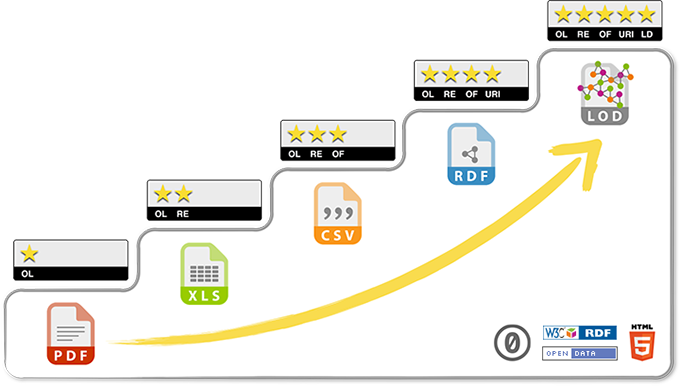Browser-based applications operate entirely within web browsers using standard technologies like HTML, CSS, and JavaScript. Unlike desktop applications requiring local installation, these applications run through web browsers and access device capabilities through modern web APIs. This approach enables cross-platform compatibility and immediate accessibility from any internet-connected device.
Learn how to build a browser-based AI application with step-by-step insights on tools, frameworks, and best practices. Explore scalable solutions for real-time AI in the browser.
